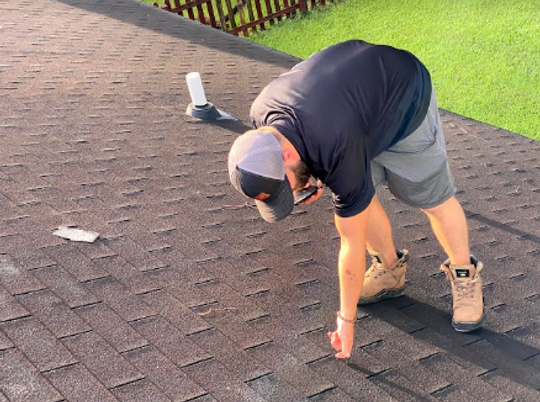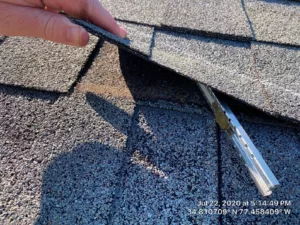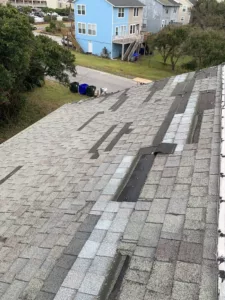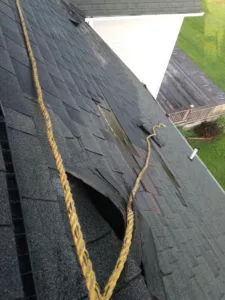 When you are a homeowner, there are several duties and tasks that you’ll have to take on in order to ensure that your home continues to look, feel, and function at its best at all times. Although a fresh paint job or a better pipe system typically comes to mind when it comes to making home repairs, one of the most important (yet constantly overlooked) parts in a house is its roof system. While it might not seem like there are any problems with your home’s roof at the moment, the fact that it’s prone to suffering under a whole assortment of issues still remains. How can you keep your roof bulletproof? Keep reading to find out!
When you are a homeowner, there are several duties and tasks that you’ll have to take on in order to ensure that your home continues to look, feel, and function at its best at all times. Although a fresh paint job or a better pipe system typically comes to mind when it comes to making home repairs, one of the most important (yet constantly overlooked) parts in a house is its roof system. While it might not seem like there are any problems with your home’s roof at the moment, the fact that it’s prone to suffering under a whole assortment of issues still remains. How can you keep your roof bulletproof? Keep reading to find out!
Standard Issues In Your Roof System
Costly roof repairs and replacements can be avoided by simply knowing about the assortment of common problem areas, how to fix them, and how you can maintain them to avoid any possible damage. Here are a few common problem areas (aside from the gutter and shingles themselves) that your roof system tends to encounter over the period of home ownership:
1. Fascia trouble
Defined as the band that runs horizontally around your roof right under the edge, your fascia or roof trim is prone to a multitude of issues on its own throughout extended periods of use. It’s important to check your fascia or roof trim regularly because it connects the ends of your roof’s rafters, trusses, and gutter to your roof. This means that if it breaks, then the whole roof system goes down with it. Your roof trim’s primary function is to protect your roof by functioning as a layer that goes in between your roof’s edge and the various elements of nature. It also protects your home’s insides from water damage by blocking out any water from entering. Typically, one of the main causes for fascia breakage or issues is moisture, so it’s best to inspect your roof edge regularly to check for any signs of damage or rotting that might appear.
2. Issues with your soffit
You may have never heard of a soffit, but you definitely know what it looks like: it’s the surface under your roof’s overhanging section that’s right below the fascia and rafters. Every home’s soffit usually has vents in the form of small holes in order to provide a proper circulation of air in your home’s interior while drawing heat and moisture away from the interior. It’s important to not overlook your home’s soffit because it helps ventilate your attic, preventing rotting and damage in your roof’s rafters and sheathing. When damaged, however, your soffit will fail to function as it was meant to work, which means that your home will be significantly warmer and more humid. In addition to that, you may have to deal with moisture and insects coming in your home. Should your soffit have any holes, cracks, or any other form of damage, it’s best to contact your local roofing contractor to get the situation sorted out.
3. Problems that your flashings might have
With the primary function of sealing your roof system’s edges, perimeters, drains, walls, valleys, and other areas that may interrupt or fall out of your roof’s coverage area, flashing helps to cover up any openings in your roof system that water, insects, or small animals might come through. Along with the task of making sure your roof system is leak-proof, your flashings also have the obligation or not breaking at all because they’re the first and last line of defense against the intrusion of different elements. Made out of aluminum or galvanized steel, your roof system’s flashings can be found in your roof’s valleys, skylights, and chimneys. However, they’re also prone to deteriorating over time because of the fact that they’re exposed to different weather elements and oxidation. In order to avoid any problems in the long run, regularly check your flashing for any looseness and call your roofing contractor should any part come loose.
– Team Maven



